Francisco Lindor, Mookie Betts and Nolan Arenado have taken turns at the center of trade rumors all winter. Will any of them be dealt before spring training? Maybe the Cardinals find a way to add Arenado. Maybe the Dodgers, having lost out on Anthony Rendon and Gerrit Cole as big-ticket free agents, will step up and acquire Lindor or Betts as a final piece to an already great team. Or maybe they all stay put for now.
If any of these three players do get traded before the season begins, they will join a list of the best baseball players ever traded during the offseason. Over the past two seasons, Betts ranks second to Mike Trout in position-player WAR, Lindor ranks seventh and Arenado ranks 10th. You might get some disagreement on their exact placement, but all three players are consensus top-10 players in the game.
The initial task here was to arrive at a list of the 10 best players traded during an offseason, but I quickly realized that would be a frustrating assignment -- the list of candidates was much deeper than you would think, and how do you rate the player at the time of the trade?
Lindor, for example, ranked tied for 26th among position players in WAR in 2019. The 26th-best player is hardly blockbuster news. As another example, Ken Griffey Jr. in 1999 led the American League with 48 home runs, drove in 134 runs, won a Gold Glove and certainly was viewed as one of the game's best players at the time, yet he didn't even crack the top 10 in the AL in WAR that season.
So, no, I couldn't quite come up with a list of just 10 trades. Leave Griffey off? No way. I narrowed it down to 50 trades -- although they involved only 48 different players, as Rogers Hornsby was traded in three consecutive offseasons. Nobody could stand the guy.
I also broke this into two eras (before 1950 and after 1950) to keep the list from being almost exclusively players from the first four decades of the century, when star players routinely posted higher WAR figures than we see today and many stars were also simply sold for cash -- as with Eddie Collins or, more famously, Babe Ruth.
Top 10 since 1950
We'll circle back to the pre-1950 days, but for now let's focus on post-1950 trades. These are the candidates by decade:
2010s: 8 (Paul Goldschmidt, Giancarlo Stanton, Chris Sale, Josh Donaldson, R.A. Dickey, Zack Greinke, Adrian Gonzalez, Roy Halladay)
2000s: 8 (Johan Santana, Miguel Cabrera, Tim Hudson, Randy Johnson, Alex Rodriguez, Curt Schilling, Gary Sheffield, Ken Griffey Jr.)
1990s: 7 (Roger Clemens, Chuck Knoblauch, Kevin Brown, Pedro Martinez, David Cone, Jim Abbott, Fred McGriff)
1980s: 4 (Bob Welch, Gary Carter, Rickey Henderson, Fred Lynn)
1970s: 3 (Bert Blyleven, Reggie Jackson, Bobby Bonds)
1960s: 2 (Frank Robinson, Rocky Colavito)
1950s: 2 (Minnie Minoso, Eddie Stanky)
This might appear to be recency bias. It's not. Star players are traded more often now, as teams look to acquire value before losing a player in free agency. Almost all the players on this list from the past three decades were soon-to-be free agents. Sale and Donaldson were exceptions, as Sale had signed a long-term deal with the White Sox and Donaldson still had four years left of team control.
Given the volatile nature of one-season WAR figures, we ranked the top 10 players traded by their cumulative WAR over the two seasons prior to their trade:
1. Roger Clemens: 20.0 (Blue Jays to Yankees, Feb. 18, 1999)
The trade: Clemens for David Wells, Homer Bush and Graeme Lloyd
The New York Times headline said it all: "Yankees Subtract a Star but Add a Legend." This shocking trade came in mid-February, after spring training had started and after Clemens had dominated the American League in 1997 and 1998, going 41-13 with a 2.33 ERA, leading the league both seasons in wins, ERA and strikeouts. The Yankees had just come off their historic 114-win season and added the best pitcher in the game. In fact, Clemens is the only player on our post-1950 trade list who ranks first in two-season WAR as either a pitcher or position player.
"You can equate this with getting a Michael Jordan," George Steinbrenner said in Buster Olney's story in the Times. "We're getting a man who makes it a notable day in Yankee history." According to the story, the trade came together in less than 10 hours. Clemens, who had two years remaining on his deal, had demanded a trade earlier in the offseason but withdrew the demand before Christmas. Still, Blue Jays general manager Gord Ash was determined to trade him and made the offer to Brian Cashman, who immediately called Steinbrenner.
"Run that by me again," Steinbrenner said, in apparent shock that the asking price wasn't higher than Wells and two players of little consequence.
Clemens wasn't as dominant with the Yankees as he had been with the Blue Jays, although he did win the 2001 Cy Young Award after signing an extension and went 77-36 with a 3.99 ERA in five seasons with the Yankees (before returning for one final year in 2007 after a stint in Houston).
2. Alex Rodriguez: 17.2 (Rangers to Yankees, Feb. 16, 2004)
The trade: Rodriguez and cash for Alfonso Soriano and Joaquin Arias
The Rangers signed A-Rod to a record-shattering $252 million contract in 2001, and even though he led the AL in home runs in all three of his seasons with the team and won the 2003 MVP award, the Rangers won just 73, 72 and 71 games. With Rodriguez eating up a huge percentage of their payroll, they figured they could be just as bad without him and save money in the process. Since they included $67 million in the deal, the Rangers ended up paying Rodriguez about $140 million for three years of service.
"This deal is a win-win-win situation for the Rangers, the Yankees and Alex Rodriguez," Rangers GM John Hart said. "This trade is about flexibility. We've traded the best player in the game, and we're getting tremendous financial flexibility."
The Rangers did win 89 games in 2004 but fell back under .500 the next four seasons. Rodriguez had an inglorious first season in the Bronx, fighting with Jason Varitek, slapping the ball out of Bronson Arroyo's glove and watching the Red Sox rally in the ALCS. He would win MVP honors in 2005 and 2007 and help lead the Yankees to the 2009 World Series title.
3. Chuck Knoblauch: 15.5 (Twins to Yankees, Feb. 6, 1998)
The trade: Knoblauch for Eric Milton, Cristian Guzman and two others
This is a surprise -- was Knoblauch really that good? In the middle of the steroid era, with all the big sluggers putting up historic numbers, Knoblauch was a different type of player, hitting just 22 home runs combined in 1996 and '97, but he had a .418 OBP, stole 107 bases and is credited with superb defensive metrics. (He won a Gold Glove in 1997.) With an 8.7 WAR season in '96 and 6.8 in '97, he rated behind only Ken Griffey Jr. and Barry Bonds and just ahead of Jeff Bagwell and Alex Rodriguez over those two seasons. I don't know if he was really that good, but he was a terrific all-around player.
He was never that player with the Yankees, however, and his defense fell apart with throwing yips. The Twins got Milton, Baseball America's No. 25 prospect before the 1998 season, and Guzman, who would rank 68th heading into 1999. Both became solid contributors and were on the Twins when they broke out of a long stretch of futility with a division title in 2002.
4. Josh Donaldson: 15.2 (Athletics to Blue Jays, Nov. 28, 2014)
The trade: Donaldson for Brett Lawrie, Franklin Barreto, Kendall Graveman and Sean Nolin
As mentioned, this was more of a baseball deal than a financial one. Donaldson would make just $4.3 million in arbitration and still had four seasons left until free agency. He finished fourth in the MVP voting in 2013 and eighth in 2014 -- ranking behind only Mike Trout in position player WAR over the two seasons -- but his numbers slipped slightly in 2014. Billy Beane simply believed the A's were acquiring much-needed depth. They didn't. Donaldson tore it up in Toronto, won the MVP award in 2015 and led the Blue Jays to back-to-back playoff appearances. Lawrie was jettisoned after one season, and the three prospects never did much -- Barreto was the prize and is currently on the 40-man roster, but he has hit .189 in 201 major league at-bats.
5. Kevin Brown: 14.9 (Marlins to Padres, Dec. 15, 1997)
The trade: Brown for Derrek Lee, Rafael Medina and Steve Hoff
The Marlins won the World Series, and then owner Wayne Huizenga ordered general manager Dave Dombrowski to purge the roster in an ugly fire sale. Brown finished second in the Cy Young race in 1996 with a 1.89 ERA -- he should have won it over John Smoltz -- and had a 2.69 ERA in 1997. Under our two-season WAR format, he ranked as the third-best pitcher in the majors behind Roger Clemens and Greg Maddux. With one season left before Brown reached free agency, Dombrowski did pretty well to acquire Lee, Baseball America's No. 15 prospect. Lee would be a centerpiece on the 2003 Marlins team that won it all. Brown, meanwhile, helped the Padres reach the World Series in his one season in San Diego.
6. Gary Carter: 14.6 (Expos to Mets, Dec. 10, 1984)
The trade: Carter for Hubie Brooks, Floyd Youmans, Mike Fitzgerald and Herm Winningham
Carter was going to be an Expo for life. He signed a seven-year contract in 1981 and was beloved in Montreal, and even though he had just finished his age-30 season, he was arguably the best player in the game, with WAR totals of 8.6, 7.1 and 7.5 from 1982 to 1984. Only Cal Ripken Jr. ranked higher on the 1983-84 tally. But the Expos were floundering; attendance fell to 700,000 after a bad season and the franchise lost a reported $3 million in 1984. Carter was making $1.8 million. Team president John McHale ordered new GM Murray Cook to trade the franchise icon.
Carter had just one more mega-season left (6.9 WAR in 1985), but it turned out to be one of the best trades in Mets history, as the team won the 1986 World Series, with Carter finishing third in the MVP vote. The deal didn't do much for the Expos. Brooks was a solid player but not a star. Youmans, Dwight Gooden's high school teammate, was not another Gooden. Fitzgerald and Winningham were bench players.
7. Curt Schilling: 14.6 (Diamondbacks to Red Sox, Nov. 28, 2003)
The trade: Schilling for Jorge De La Rosa, Casey Fossum, Brandon Lyon and Mike Goss
The Diamondbacks had gone 84-78 in 2003, but Schilling had one year left until free agency and Arizona was determined to trade him, setting up a bidding war of sorts between the Red Sox and Yankees. Schilling had a no-trade clause, which factored into the negotiations -- as part of the deal he would procure an extension through 2007 from the Red Sox. After the trade, he said he hoped to bring the Red Sox their first title since 1918 and "hopefully more than one over the next four years." He did. They won in 2004 and 2007.
The Diamondbacks had reportedly asked for Nick Johnson and Alfonso Soriano from the Yankees, which the Yankees turned down. Arizona settled for a package of flotsam from the Red Sox. The four pitchers would combine for 0.6 WAR with the Diamondbacks.
8. David Cone: 14.1 (Royals to Blue Jays, April 6, 1995)
The trade: Cone for Chris Stynes and two minor leaguers who never made it
Cone, the 1994 Cy Young winner, ranked behind only Greg Maddux in two-season WAR, but four days after the strike was settled, the Royals traded Cone to the Blue Jays. It would prove to be the second time the Royals traded Cone with disastrous results. In spring training of 1987, they traded Cone as a rookie to the Mets for catcher Ed Hearn and two others who weren't as good as Hearn.
Cone didn't last long in his second stint with the Blue Jays. In July, sitting 13 games under .500 and in last place, they traded him to the Yankees (and that trade didn't net the Blue Jays anything either). Cone would re-sign as a free agent with the Yankees after 1995 and help them to four World Series championships in five seasons.
9. Zack Greinke: 13.9 (Royals to Brewers, Dec. 19, 2010)
The trade: Greinke and Yuniesky Betancourt for Lorenzo Cain, Alcides Escobar, Jake Odorizzi and Jeremy Jeffress
This would prove to be a rare win-win deal. Greinke had won the 2009 Cy Young Award with a huge season for a terrible team, and his two-season WAR ranked behind only Roy Halladay. He still had two years left of team control, but the Royals needed depth to help their dormant franchise rebuild. They acquired four players who would all go on to have significant major league careers. Given that many of these trades end up netting little in return, credit Royals GM Dayton Moore for a deal that helped turn the franchise around. Cain and Escobar were huge parts of the 2014-15 World Series teams, while Odorizzi was later included in the James Shields trade.
But the trade worked for the Brewers as well. Greinke helped the team reach the NLCS in 2011. The following season, he was traded to the Angels, which brought back Jean Segura for Milwaukee. A few years later, Segura was traded to the Diamondbacks for Chase Anderson and Isan Diaz. Anderson won 38 games for the Brewers, and Diaz would become part of the Christian Yelich trade.
10. Fred Lynn: 13.6 (Red Sox to Angels, Jan. 23, 1981)
The trade: Lynn and Steve Renko for Joe Rudi, Frank Tanana and Jim Dorsey
This was a complicated one. Lynn had a monster 1979 season, hitting .333/.423/.637, worth 8.9 WAR. Even with an injury-shortened 1980 season, his two-season WAR ranked fifth among position players. He had one year remaining until free agency, but he and teammate Carlton Fisk both filed grievances against the Red Sox, asserting the team mailed their contracts two days after the Dec. 20 renewal date. The trade actually came in the middle of Lynn's hearing, an appeasement of sorts to both sides, and Lynn immediately signed a four-year contract with the Angels.
Under duress due to the grievance, the trade made little sense for the Red Sox. Rudi and Tanana also had just one year left until free agency. Tanana would go 4-10 in the strike-shortened 1981 season, while a washed-up Rudi hit .180.
George Steinbrenner also tried to acquire Lynn to give the Yankees a dream outfield of Dave Winfield, Reggie Jackson and Lynn. ''Without knocking the trade, it appears that the Red Sox under pressure could not get the value you'd want for Lynn," Yankees GM Cedric Tallis said. "It's not possible to get full value. Tanana has been injured and Rudi has been hurt a lot in recent years."
After a poor 1981, Lynn had his best season with the Angels in 1982 at 4.7 WAR -- good but nothing close to his 1979 numbers or 1975 MVP season.
OK, that's a fun list, but subjectively, I might include these five in my top 10:
Ken Griffey Jr.: 11.5 (Mariners to Reds, Feb. 10, 2000)
The trade: Griffey for Mike Cameron, Brett Tomko, Antonio Perez and Jake Meyer
At the time, the consensus view was that the Mariners got fleeced. As one columnist put it in The Sporting News, "For Junior Griffey, the man most likely to break Hank Aaron's all-time home run record, the game's most perfect all-around player in the prime of his career, the Reds gave Seattle ... bits and pieces, drips and drabs of major leaguers and wanna-bes."
The Mariners also had limited options. Griffey reportedly turned down an eight-year, $138 million extension the previous summer. He then requested a trade to a team closer to his offseason home in Orlando -- the Reds, Braves, Astros or Mets (teams with spring training camp in Florida). He had 10-and-5 rights, so he could veto any trade. Griffey's demand was apparently later amended to just the Reds. The negotiations between new Mariners GM Pat Gillick and Reds GM Jim Bowden dragged on all winter before the trade was finally consummated on Feb. 10, with Griffey signing a below-market nine-year, $116.5 million extension.
Big win for the Reds? Nope. Griffey was never the same player in Cincinnati, battling injuries throughout his tenure there. Three of the players the Mariners acquired were duds, but Cameron became an All-Star and two-time Gold Glove winner in Seattle. In his four years in Seattle, the Mariners made the ALCS twice and won 90-plus games each season, and he compiled 18.4 WAR. Griffey was worth just 12.8 WAR in nine seasons with the Reds.
So why doesn't Griffey crack the top 10 in two-year WAR? It's Ken Griffey Jr. in his prime! Over 1996 and 1997, he ranked first among position players in WAR. Over 1997 and 1998, he ranked third in WAR behind Barry Bonds and Craig Biggio. In 1999, however, while he still led the AL with 48 home runs, his WAR dropped to 4.8, so his two-year total ranked just 15th among position players. Griffey hit .285/.384/.576 in 1999 -- but didn't even crack the top 10 in the AL in OPS. His defensive metrics also had slipped as he started to put on weight. Maybe the second half of his career would have turned out differently if he remained in Seattle, but this would turn out to be the blockbuster the Mariners wouldn't regret.
Pedro Martinez: 13.0 (Expos to Red Sox, Nov. 18, 1997)
The trade: Martinez for Carl Pavano and Tony Armas Jr.
Martinez was coming off his breakout, Cy Young-winning season in 1997, and with one season left until free agency, the Expos knew they couldn't re-sign him. While Martinez initially told the Expos he wouldn't sign a long-term deal with the Red Sox, hindering trade talks, he quickly signed a six-year, $75 million extension after the deal, which made him the game's highest-paid pitcher. The Expos got Pavano, the No. 9 prospect in the game heading into 1998, according to Baseball America, but after injury issues in Montreal, his best seasons would come for the Marlins and Twins.
Martinez doesn't crack the top 10 in two-year WAR, but he was coming off a 9.0 WAR season, the highest of any of the players traded:
Pedro Martinez, 1997: 9.0
Alex Rodriguez, 2003: 8.4
Randy Johnson, 2004: 8.4
Roger Clemens, 1998: 8.1
Giancarlo Stanton, 2017: 7.9
Josh Donaldson, 2014: 7.5
Gary Carter, 1984: 7.5
Bob Welch, 1987: 7.1
Kevin Brown, 1997: 7.0
Roy Halladay, 2009: 6.9
David Cone, 1994: 6.9
Rickey Henderson: 12.9 (A's to Yankees, Dec. 5, 1984)
The trade: Henderson and a minor leaguer for Jose Rijo, Jay Howell, Stan Javier, Eric Plunk and Tim Birtsas
Henderson ranked just eighth among position players in WAR over the 1983 and '84 seasons -- which may or may not be an accurate assessment. He would have one of his greatest seasons with the Yankees in 1985, when he probably should have won the MVP award. Henderson had one year left until free agency and the deal was contingent on the Yankees extending Henderson within a 48-hour window, which they did with a five-year, $8.6 million deal.
(Notice how many of these trades required signing the player to an extension? We don't really see that happen too often now. Paul Goldschmidt did sign an extension last year with the Cardinals, but that came more than three months after the trade.)
Anyway, the A's did pretty well -- and would have done even better if they hadn't given up too soon on Rijo, trading him for Dave Parker. Javier and Plunk were solid role players, and Plunk was part of the trade with the Yankees in 1989 that brought Henderson back to Oakland. Howell was part of the trade that brought Bob Welch to Oakland in 1988.
By the way, if Lindor does get traded, it would be as he enters his age-26 season in 2020 (Mookie is entering his age-27 season). The youngest players traded from our candidates:
Miguel Cabrera: 25
Jim Abbott: 25
Rickey Henderson: 26
Pedro Martinez: 26
Rocky Colavito: 26
Reggie Jackson: 12.4 (A's to Orioles, April 2, 1976)
The trade: Jackson and Ken Holtzman for Don Baylor, Mike Torrez and Paul Mitchell
Here's how baseball worked in 1975. Jackson helped the A's to three straight World Series titles from 1972 to '74, tied for the AL lead with 36 home runs in 1975 and finished fifth in the MVP vote that year. He asked the A's for a three-year contract at $200,000 per year. Charlie Finley said he wouldn't pay Jackson a penny more than the $140,000 he made in 1975, citing Jackson's .253 batting average. When Jackson refused to sign for that amount, Finley unilaterally renewed him ... at a 20% pay cut, the largest amount allowed under the CBA at the time. Yes, Charlie Finley was the worst.
The sport changed in December 1975, however, when an arbitrator ruled Andy Messersmith and Dave McNally free agents after they played without a contract. Any player who didn't sign a contract for the 1976 season -- like Jackson -- would now be eligible for free agency after the season.
With Jackson and Holtzman (who went 18-14 with a 3.14 ERA in 1975) holding out in the spring of 1976, Finley decided to trade his disgruntled stars on April 2, just before the season. Despite his feuds with Finley over the years, Jackson was at first so shocked by the trade that he threatened to sit out the season. He did finally agree to go to Baltimore, had a good season (he led the AL in slugging percentage) and then signed with the Yankees.
It wasn't really a smart trade by Finley -- Baylor left as a free agent after the 1976 season and Torrez was traded in 1977 before he too became a free agent. So it was one year of Jackson and one year of Holtzman for one year of Baylor and two years of Torrez. By 1977, the A's were awful. But hey, at least Finley didn't have to pay Reggie.
Frank Robinson: 13.0 (Reds to Orioles, Dec. 9, 1965)
The trade: Robinson for Milt Pappas, Jack Baldschun and Dick Simpson
This is one of the most famous trades in baseball history. Robinson hit .296/.386/.540 with 33 home runs and 113 RBIs in 1965 but was entering his age-30 season, leading Reds owner Bill DeWitt to call Robinson an "old 30," words he would never live down. Pappas was a solid starter, winning 28 games in two seasons with the Reds before he was traded away, but Robinson in 1966 won the Triple Crown, captured MVP honors and led the Orioles to a World Series title (and they won again in 1970).
To be fair to DeWitt, Robinson had fallen off in 1965. While WAR obviously didn't exist in 1965, his fell from 7.9 to 5.1. He had been bothered by leg injuries. There were reasons to believe he might be in decline. He wasn't.
OK, so those are the heavyweight candidates. Now to answer our initial question:
Where would Betts, Lindor and Arenado rank if they are traded?
Throwing the WAR numbers aside and going with some unscientific form of gut reaction of how big the trade felt at the time, I'd put the top 10 biggest trades as something like this:
1. Roger Clemens. He was a big name, the best pitcher in the game over the previous two seasons, and he went to the Yankees.
2. Ken Griffey Jr. While modern analytics suggest he was overrated at the time, it's still Ken Griffey Jr., the most popular player in the sport, getting traded in the prime of his career.
3. Alex Rodriguez. The trade itself wasn't so shocking at the time because the Rangers advertised their intent (and an earlier deal with the Red Sox was nearly finalized), but it was still a 28-year-old then-shortstop coming off an MVP season who averaged 47 home runs over the previous six seasons going to the big, bad Yankees.
4. Frank Robinson. This was even more shocking in its time because superstars were never traded in this era -- at least not while in their prime. Robinson's post-trade performance makes it still register more than 50 years later.
ESPN Daily Newsletter: Sign up now!
5. Mookie Betts. Maybe Betts lacks the national notoriety of a Griffey or an A-Rod, but in terms of two-year value, he would rank behind only Clemens. It's a blockbuster if he goes.
6. Rickey Henderson. Based on MVP voting, Henderson was actually probably underrated in his own time, but he was certainly one of the biggest names in the sport, and the would-be player of the decade was just 26 when traded.
7. Reggie Jackson. He wasn't yet Mr. October, but when the A's traded Jackson to the Orioles he already was -- as Sports Illustrated put it on a cover story -- a "superduperstar."
8. Giancarlo Stanton. He was coming off a 59-homer, MVP season with the Marlins in 2017, and he went to the Yankees, where he joined Aaron Judge, who was coming off a 52-homer season.
9. Francisco Lindor. While his two-year value of 12.6 wouldn't crack the top 10, I think if you factor in his age, position and personality, he would crack this top 10 if he's traded.
10. Gary Carter. He was underappreciated because he played in Montreal, but he was arguably the best player in the game when the Mets got him from the Expos.
I wouldn't put Arenado on here. I think he clearly ranks behind Betts and Lindor, although his five straight top-eight MVP finishes point to his all-around brilliance. He's a great player, and he will be a great player outside Colorado as well.
I included just one pitcher on the list. Maybe Curt Schilling could merit consideration, but he was coming off an injury-shortened season and was 37. Randy Johnson was even older when the Diamondbacks traded him to the Yankees in 2005. Pedro Martinez entered Peak Pedro dominance in 1997 -- but we didn't know that would continue. At the time, he had just the one great season. The position-player trades feel bigger than the pitcher trades.
Pre-1950 trades
We move on to a much different era in baseball history. I came up with 18 trades before 1950 -- maybe I missed a good one or two. All the players traded (or sold) are Hall of Famers. We'll zip through this (apologies, but I think I've already exceeded my word count) and start with the top 10 by two-season WAR:
Pete Alexander: 20.2 (Phillies to Cubs, Dec. 11, 1917). Alexander led the NL in wins, ERA, innings and strikeouts three seasons in a row, making him the game's No. 1 pitcher over Walter Johnson. The Phillies, gambling that Alexander would be drafted into the Army, traded him for two players and $55,000. Alexander was drafted after making three starts; the Cubs won the pennant anyway.
Rogers Hornsby: 18.9 (Boston Braves to Cubs, Nov. 7, 1928). In four seasons, Hornsby went from the Cardinals to the Giants to the Braves to the Cubs. Hornsby had hit .387 to win the batting title, but the Braves were in debt and Hornsby, under a three-year, $120,000 contract, helped orchestrate a deal in which owner Emil Fuchs traded him to the Cubs for five players and a record $200,000. The Cubs would win the pennant in Hornsby's last great season.
Eddie Collins: 18.1 (Athletics to White Sox, Dec. 8, 1914). This was the first of Connie Mack's great sell-offs, after the A's had lost the World Series to the Braves. Collins, who ranked behind only Tris Speaker among position players in 1913 and '14, was sold for $55,000; Chief Bender and Eddie Plank signed with the upstart Federal League; Home Run Baker sat out the season. The 1915 A's went 43-109.
Lefty Grove: 17.9 (Athletics to Red Sox, Dec. 12, 1933). Mack's second great purge. Grove was the best pitcher in the game, traded away with Max Bishop and Rube Walberg for two players and $125,000.
Jimmie Foxx: 17.4 (Athletics to Red Sox, Dec. 10, 1935). The second-best player in the game behind Lou Gehrig, Foxx went to the Red Sox for $150,000.
Tris Speaker: 17.1 (Red Sox to Indians, April 9, 1916). The Red Sox won the World Series in 1915, but the club wanted to cut his salary from $18,000 to $9,000 since his batting average had declined three straight years (he hit .322 in 1915). Speaker held out, so Boston traded him to Cleveland for Sad Sam Jones (who would go on to win 229 games in the majors) and $55,000. Speaker hit .386 in 1916, but the Red Sox won another World Series anyway.
Babe Ruth: 16.9 (Red Sox to Yankees, Dec. 26, 1919). Ruth would switch to hitting full time with the Yankees and be worth 24.7 WAR over the next two seasons!
Cy Young: 16.6 (Red Sox to Indians, Feb. 16, 1909). Young was entering his age-42 season but was still one of the better pitchers in the game. The Red Sox got $12,500 for him. He had one more good season in him.
Rogers Hornsby: 14.6 (Cardinals to Giants, Dec. 20, 1926). Hornsby led the Cardinals to the 1926 World Series title as player/manager. He had a year to go on his contract but demanded a new three-year deal at $50,000 per season. Cardinals owner Sam Breadon, tired of Hornsby's act, traded him to the Giants, where John McGraw had long lusted after Hornsby. It was a trade of star second basemen: Hornsby for Frankie Frisch (who had his own falling out with McGraw).
Rogers Hornsby: 14.5 (Giants to Braves, Jan. 10, 1928). McGraw decided he didn't want Hornsby either -- it didn't help that Hornsby criticized owner Horace Stoneham and a bookie sued Hornsby, claiming he was owed $70,000 in unpaid horse-racing debts. The Giants traded Hornsby for Jimmy Welsh and Shanty Hogan, two solid but unspectacular regulars.
So there you go -- I guess that's 25 all-time big trades. Will we be adding Nolan Arenado, Mookie Betts or Francisco Lindor to this list in the weeks or months to come?


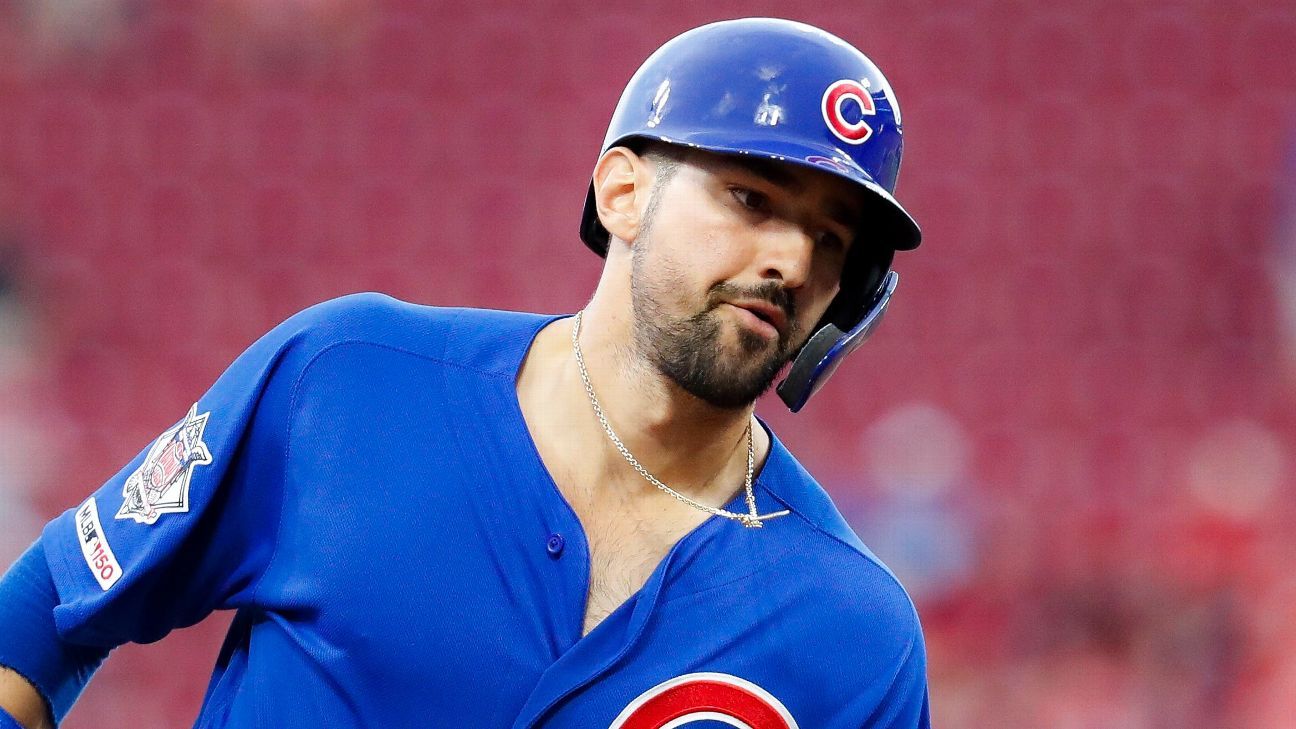
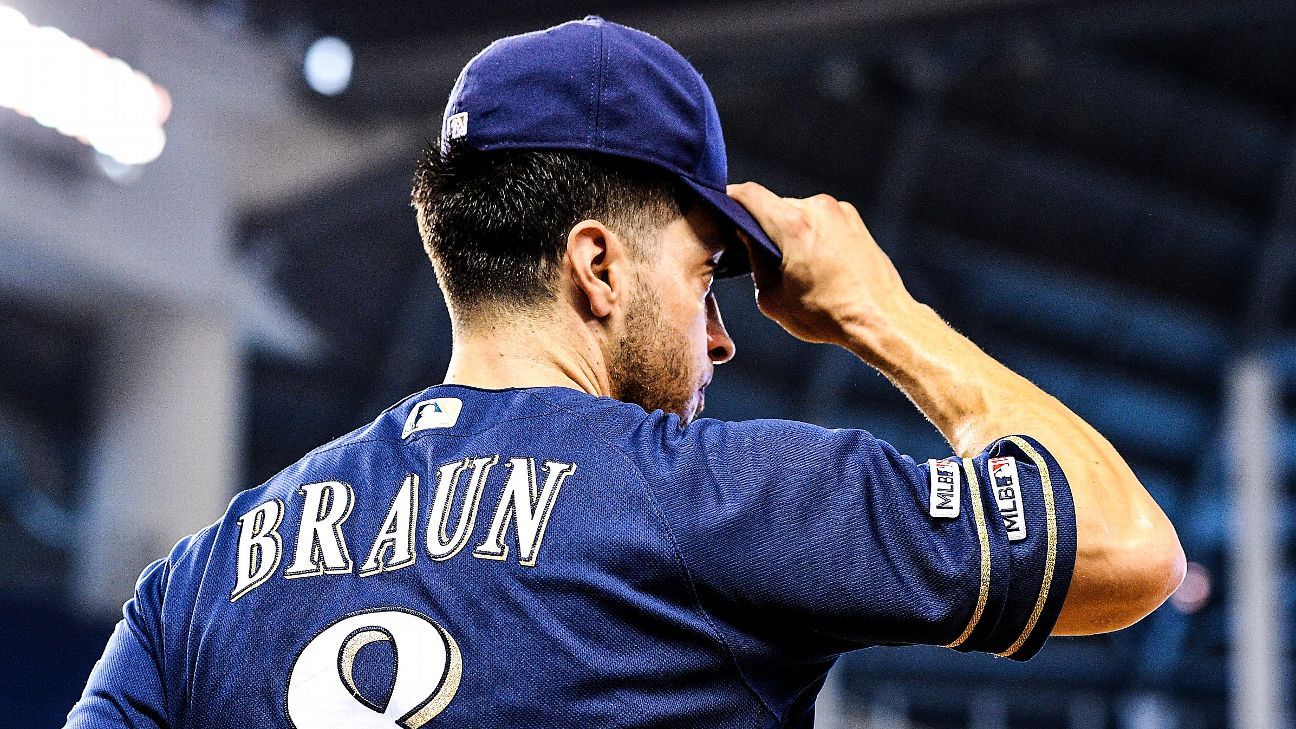

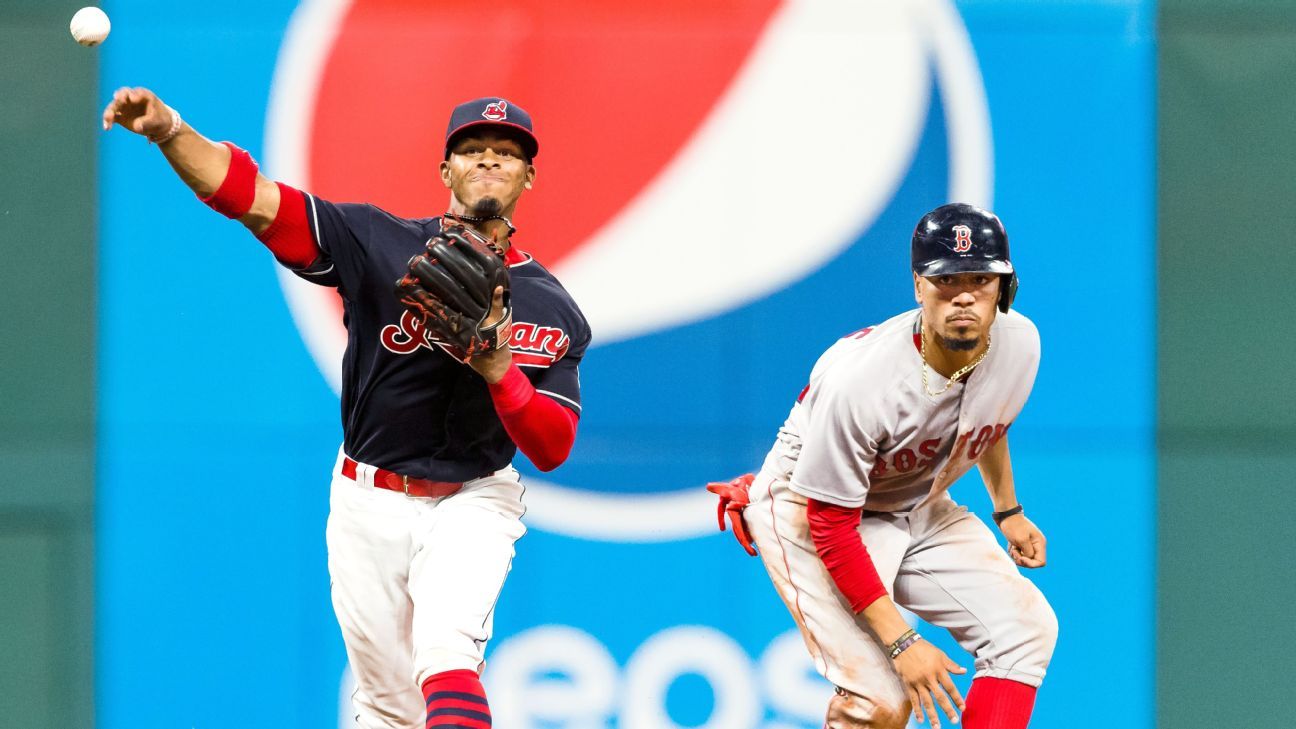


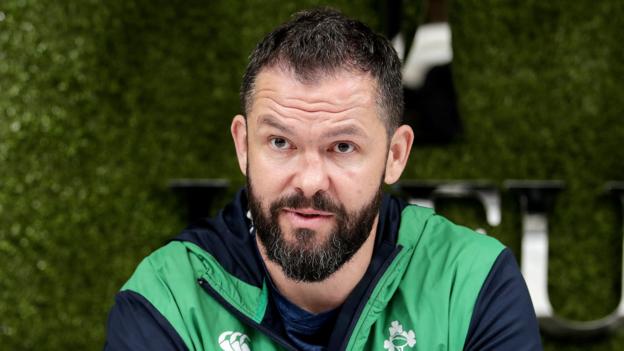
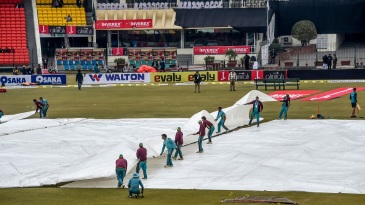

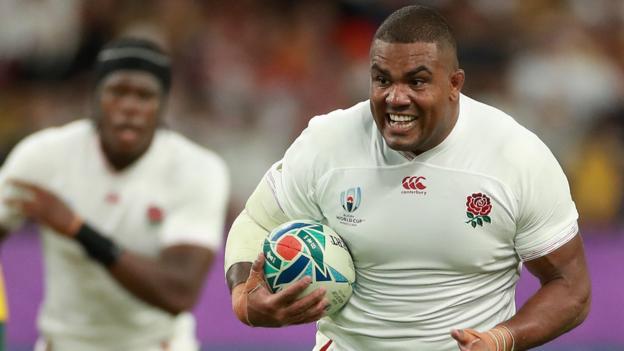













 Phone: (800) 737. 6040
Phone: (800) 737. 6040 Fax: (800) 825 5558
Fax: (800) 825 5558 Website:
Website:  Email:
Email: 






